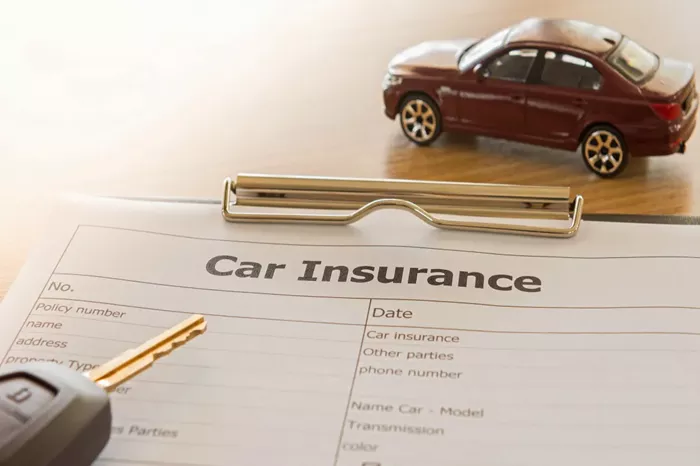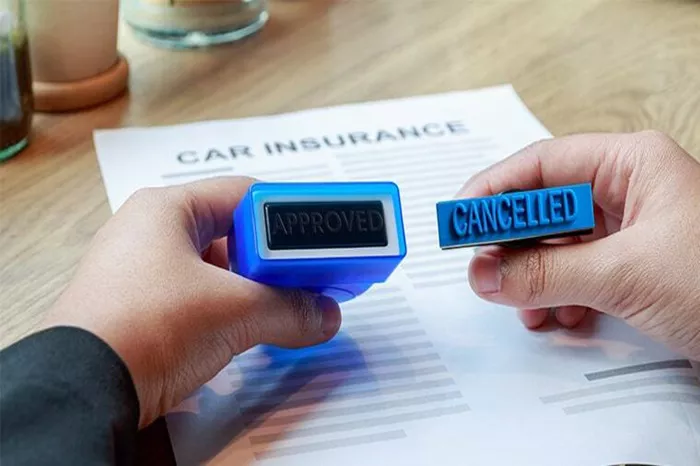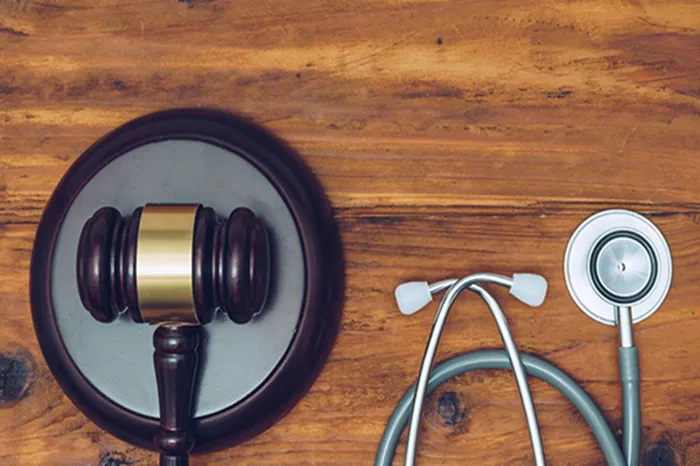Car insurance is a crucial aspect of vehicle ownership, providing financial protection against various risks associated with driving and owning a car. Understanding the different types of car insurance can help you choose the right coverage for your needs and ensure you are adequately protected. In this article, we will explore the 8 key types of car insurance, detailing their benefits and why you might need them.
1. Liability Insurance
Liability insurance is the most basic and essential type of car insurance, often required by law in most states. It consists of two primary components: bodily injury liability and property damage liability.
Bodily Injury Liability
Bodily injury liability covers the medical expenses, lost wages, and legal fees for other parties injured in an accident for which you are at fault. It is designed to protect you from the financial burden of causing harm to others. The coverage limits vary by state, but it is advisable to have higher limits to ensure adequate protection.
Property Damage Liability
Property damage liability covers the cost of repairs or replacement of another person’s property damaged in an accident you caused. This can include other vehicles, buildings, fences, or any other property damaged in the collision. Similar to bodily injury liability, state laws dictate minimum coverage requirements, but higher limits are recommended for better protection.
2. Collision Insurance
Collision insurance covers the cost of repairing or replacing your vehicle if it is damaged in a collision with another vehicle or object, regardless of who is at fault. This type of insurance is particularly important for protecting your investment in your vehicle. Collision coverage typically comes with a deductible, which is the amount you must pay out of pocket before the insurance kicks in. Higher deductibles usually result in lower premiums, but it’s important to choose a deductible you can afford in case of an accident.
3. Comprehensive Insurance
Comprehensive insurance, also known as “other than collision” coverage, protects your vehicle from damage caused by events other than collisions. This can include theft, vandalism, natural disasters, falling objects, fire, and animal strikes. Comprehensive coverage also comes with a deductible, and selecting the right amount is crucial for balancing premium costs and out-of-pocket expenses.
4. Uninsured/Underinsured Motorist Coverage
Uninsured/underinsured motorist coverage provides protection if you are involved in an accident with a driver who either does not have insurance or has insufficient coverage to pay for your damages. This type of coverage ensures that your medical expenses and vehicle repairs are covered, even if the at-fault driver cannot pay.
Uninsured Motorist Coverage
Uninsured motorist coverage pays for your medical expenses, lost wages, and other damages if you are hit by a driver who does not have insurance. It can also cover hit-and-run accidents where the at-fault driver cannot be identified.
Underinsured Motorist Coverage
Underinsured motorist coverage kicks in when the at-fault driver’s insurance is not enough to cover your expenses. It bridges the gap between the at-fault driver’s policy limits and your actual damages, ensuring you are not left with significant out-of-pocket costs.
5. Personal Injury Protection (PIP)
Personal Injury Protection (PIP), also known as no-fault insurance, covers medical expenses, lost wages, and other related costs for you and your passengers, regardless of who is at fault in an accident. PIP is mandatory in some states and optional in others. It can also cover additional expenses such as rehabilitation costs, funeral expenses, and essential services like child care or house cleaning if you are unable to perform these tasks due to injuries from the accident.
6. Medical Payments Coverage
Medical payments coverage, or MedPay, is similar to PIP but typically offers less comprehensive benefits. It covers medical expenses for you and your passengers resulting from an accident, regardless of fault. MedPay can be particularly useful if you do not have health insurance or if your health insurance has high deductibles or limited coverage for accident-related injuries.
7. Gap Insurance
Gap insurance is designed to protect you if your vehicle is totaled or stolen and you owe more on your car loan or lease than the vehicle’s current market value. In such cases, standard insurance will only pay the market value of the vehicle, leaving you responsible for the remaining balance on your loan or lease. Gap insurance covers this difference, ensuring you are not left with a significant financial burden.
See Also: Can I Cancel My Car Insurance Within 14 Days
8. Towing and Labor Coverage
Towing and labor coverage, also known as roadside assistance, provides help if your car breaks down or you experience other non-accident-related issues while driving. This coverage can include services such as towing, tire changes, jump-starts, fuel delivery, and lockout assistance. While not essential, it can provide peace of mind and convenience in case of unexpected vehicle problems.
Choosing the Right Coverage
Selecting the appropriate car insurance coverage depends on various factors, including your driving habits, financial situation, and the value of your vehicle. Here are some tips to help you choose the right coverage:
Assess Your Needs
Consider your personal circumstances and the risks you face as a driver. If you have a new or expensive vehicle, comprehensive and collision coverage are advisable to protect your investment. If you frequently drive in areas with a high number of uninsured drivers, uninsured/underinsured motorist coverage is essential.
Check State Requirements
Ensure you meet the minimum insurance requirements mandated by your state. While these requirements provide a baseline level of protection, they may not be sufficient for your needs. Consider purchasing higher limits and additional coverage types based on your risk profile.
Evaluate Your Financial Situation
Your financial situation plays a significant role in determining the appropriate coverage levels. Higher deductibles can lower your premiums but increase your out-of-pocket costs in case of a claim. Balance your budget and risk tolerance to choose the right deductible and coverage limits.
Consider Additional Coverage
While liability, collision, and comprehensive coverage form the foundation of most car insurance policies, additional coverage options like PIP, MedPay, and gap insurance can provide valuable protection. Evaluate these options based on your needs and financial situation.
Shop Around
Different insurance companies offer varying coverage options and rates. Obtain quotes from multiple insurers to compare prices and coverage levels. Look for discounts that may be available, such as multi-policy discounts, good driver discounts, and vehicle safety discounts.
Review Your Policy Regularly
Your insurance needs may change over time due to factors like purchasing a new vehicle, moving to a different state, or changes in your financial situation. Review your policy annually or after significant life events to ensure your coverage remains adequate.
Conclusion
Understanding the different types of car insurance and their benefits is crucial for making informed decisions about your coverage. Liability insurance forms the foundation of most policies, while collision and comprehensive coverage protect your vehicle from a wide range of risks. Uninsured/underinsured motorist coverage, PIP, and MedPay offer additional protection for medical expenses and other costs. Gap insurance ensures you are not left with a financial burden if your vehicle is totaled or stolen, and towing and labor coverage provides peace of mind in case of roadside issues.
By assessing your needs, checking state requirements, evaluating your financial situation, considering additional coverage, shopping around, and reviewing your policy regularly, you can choose the right car insurance coverage to protect yourself and your vehicle. With the right insurance in place, you can drive with confidence, knowing you are financially protected against the unexpected.






















